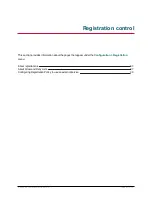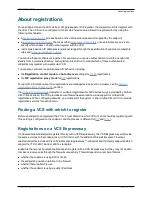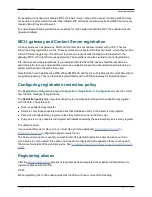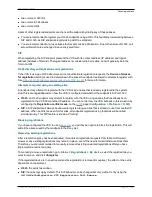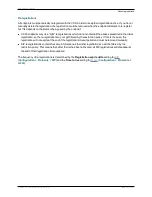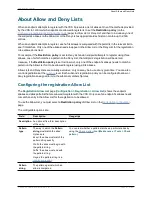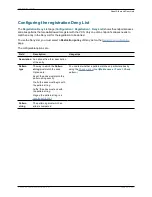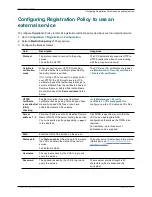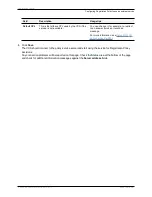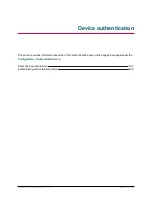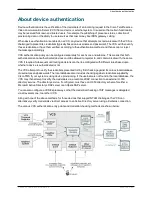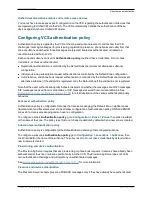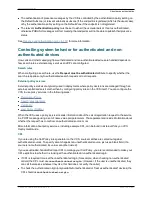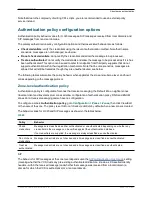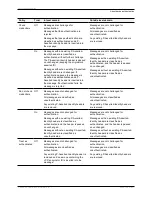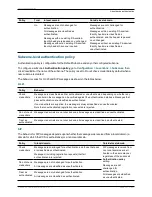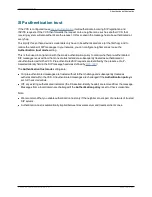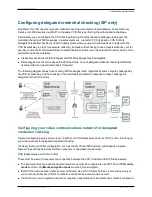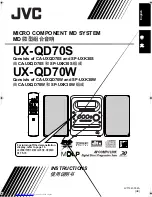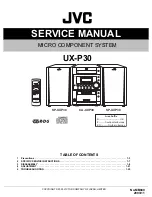
n
one or more H.323 IDs
n
one or more E.164 aliases
n
one or more URIs
Users of other registered endpoints can then call the endpoint by dialing any of these aliases.
n
You are recommended to register your H.323 endpoints using a URI. This facilitates interworking between
SIP and H.323, as SIP endpoints register using a URI as standard.
n
You are recommended to not use aliases that reveal sensitive information. Due to the nature of H.323, call
setup information is exchanged in an unencrypted form.
SIP
When registering, the SIP endpoint presents the VCS with its contact address (IP address) and logical
address (Address of Record). The logical address is considered to be its alias, and will generally be in the
form of a URI.
H.350 directory authentication and registrations
If the VCS is using an H.350 directory service to authenticate registration requests, the
Source of aliases
for registration
setting is used to determine which aliases the endpoint is allowed to attempt to register with.
See
Using an H.350 directory service lookup via LDAP [p.120]
for more information.
Attempts to register using an existing alias
An endpoint may attempt to register with the VCS using an alias that is already registered to the system.
How this is managed depends on how the VCS is configured and whether the endpoint is SIP or H.323.
n
H.323
: an H.323 endpoint may attempt to register with the VCS using an alias that has already been
registered on the VCS from another IP address. You can control how the VCS behaves in this situation by
configuring the
Registration conflict mode
, on the
H.323
page (
Configuration > Protocols > H.323
).
n
SIP
: a SIP endpoint will always be allowed to register using an alias that is already in use from another IP
address. When a call is received for this alias, all endpoints registered using that alias will be called
simultaneously. This SIP feature is known as “forking”.
Blocking registrations
If you have configured the VCS to use a
Deny List
, you will have an option to block the registration. This will
add all the aliases used by that endpoint to the Deny List.
Removing existing registrations
After a restriction policy has been activated, it controls all registration requests from that point forward.
However, any existing registrations may remain in place, even if the new list would otherwise block them.
Therefore, you are recommended to manually remove all existing unwanted registrations after you have
implemented a restriction policy.
To manually remove a registration, go to
Status > Registrations > By device
, select the registrations you
want to remove, and click
Unregister
.
If the registered device is in an active call and its registration is removed (or expires), the effect on the call is
dependent on the protocol:
n
H.323
: the call is taken down.
n
SIP
: the call stays up by default. This SIP behavior can be changed but only via the CLI by using the
command
xConfiguration SIP Registration Call Remove
.
Cisco VCS Administrator Guide (X8.1.1)
Page 95 of 507
Registration control
About registrations












